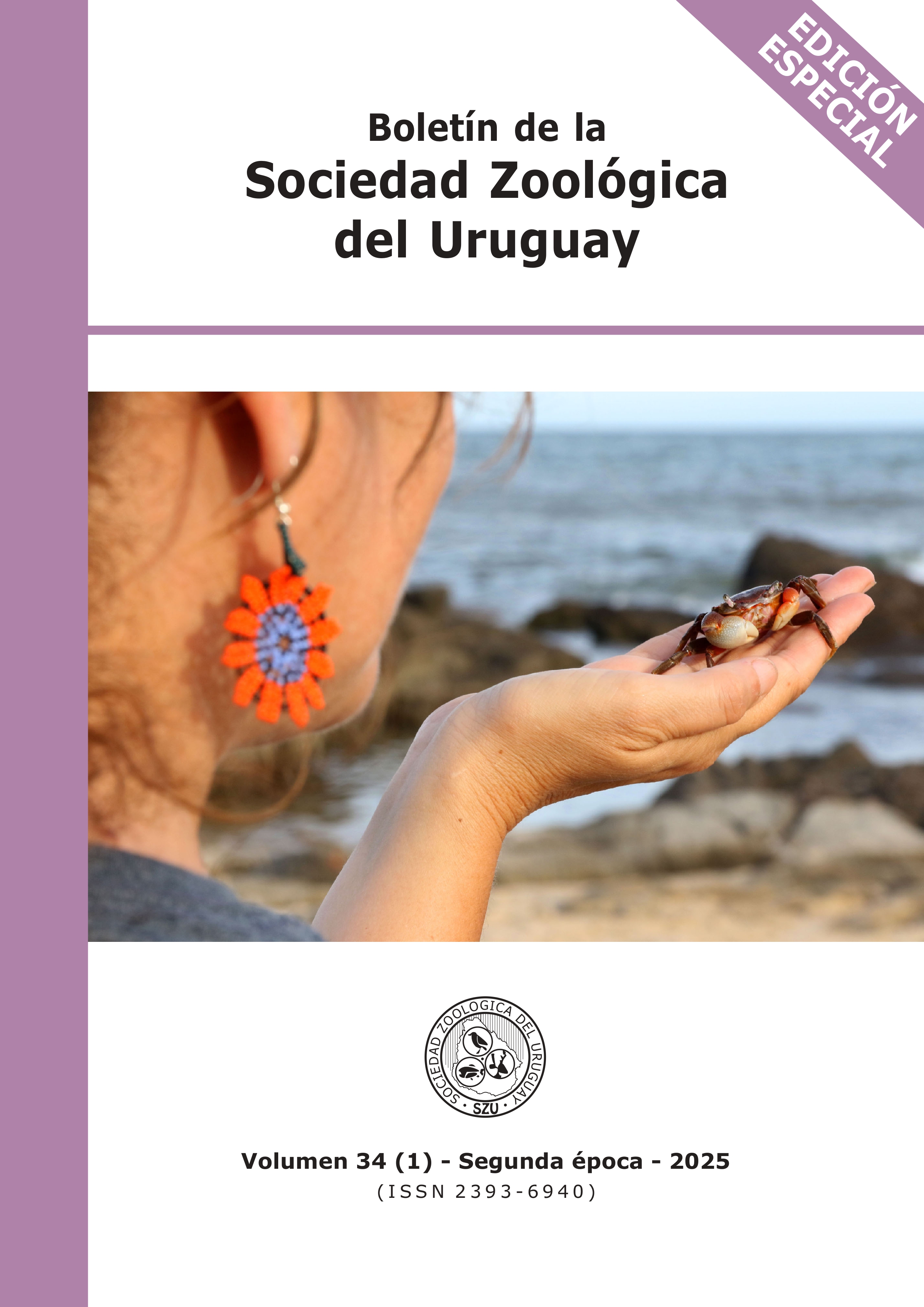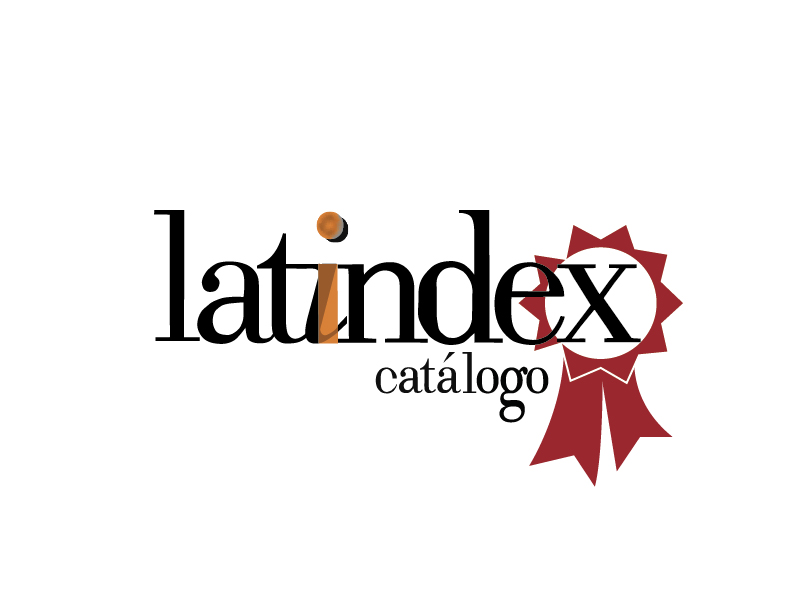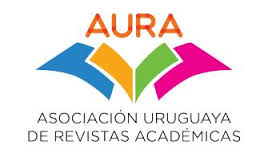MUJERES EN LAS PUBLICACIONES ZOOLÓGICAS EN URUGUAY, AUTORÍA Y GÉNERO EN EL BOLETÍN DE LA SOCIEDAD ZOOLÓGICA DEL URUGUAY
DOI:
https://doi.org/10.26462/34.1.16Palabras clave:
Desigualdad de género, Autoría científica, Techo de cristal, Zoología en UruguayResumen
Este estudio analiza los patrones de autoría por género en el Boletín de la Sociedad Zoológica del Uruguay (BSZU), con el objetivo de arrojar luz sobre las desigualdades de género en las publicaciones de investigación zoológica en Uruguay. Revisamos la autoría de las publicaciones desde el año 2000 hasta 2023 por género, examinando los roles de los primeros y últimos autores, comúnmente asociados con roles protagónicos. Nuestros resultados revelan una subrepresentación significativa de autoras en las categorías de Artículos y Notas, aunque se observó una presencia más equilibrada en los Obituarios. Las mujeres tienen menos probabilidad de ocupar roles protagónicos, lo que refuerza la prevalencia del efecto del "techo de cristal", que dificulta el avance de las mujeres en las carreras científicas. El género de los últimos autores influye en la probabilidad de que sea una mujer quien ocupe el rol de primer autor, destacando la importancia de las dinámicas de colaboración. Al categorizar los trabajos por grupo taxonómico, identificamos áreas específicas donde la participación femenina es más prominente. Los datos obtenidos enfatizan una disparidad de género persistente en las publicaciones zoológicas en Uruguay, subrayando la necesidad de medidas que promuevan la equidad de género en la autoría científica.
Descargas
Citas
Arrarte-Arzola, M.C. (2024). La Comunidad Docente Del Centro Universitario Regional Del Este, Uruguay. Un Análisis Con Perspectiva De Género. MLS - Educational Research, 8(2).
Bukstein, D., & Gandelman, N. (2017). Glass ceiling in research: Evidence from a national program in Uruguay. Working Paper Series 798. Inter-American Development Bank. Research Policy, 48(6), 1550-1563.
Campbell, L.G., Mehtani, S., Dozier, M.E., & Rinehart, J. (2013). Gender-heterogeneous working groups produce higher quality science. PloS one, 8(10), e79147.
Courchamp, F., & Bradshaw, C.J.A. (2018). 100 articles every ecologist should read. Nature Ecology and Evolution, 2(3), 395-401.
Cushman, M. (2020). Gender gap in women authors is not worse during COVID 19 pandemic: Results from Research and Practice in Thrombosis and Haemostasis. Research and Practice in Thrombosis and Haemostasis, 4(5), 672-673.
Dusdal, J., & Powell, J.J. (2021). Benefits, motivations, and challenges of international collaborative research: A sociology of science case study. Science and Public Policy, 48(2), 235-245.
Espin, J., Palmas, S., Carrasco-Rueda, F., Riemer, K., Al-Len, P.E., Berkebile, N., ... & Bruna, E.M. (2017). A persistent lack of international representation on editorial boards in environmental biology. PLoS Biology, 15(12), e2002760.
Fox, C.W., Ritchey, J.P., Paine, C.E.T. (2018). Patterns of authorship in ecology and evolution: First, last, and corresponding authorship vary with gender and geography. Ecology and Evolution, 8, 11492-11507.
Gavriilidi, I., & Van Damme, R. (2023). Gender differences in animal cognition science. Animal Cognition, 26(4), 1295-1305.
González Pírez, M., & Curbelo, D. (2017). Mujeres en ciencia, tecnología, e innovación, un problema de justicia. Montevideo, Uruguay: Presidencia de la República OPP.
Ioannidis, J.P.A., Boyack, K.W., Collins. T.A., & Baas, J. (2023). Gender imbalances among top-cited scientists across scientific disciplines over time through the analysis of nearly 5.8 million authors. PLoS Biol, 21(11), e3002385.
Kibbe, M.R. (2020). Consequences of the COVID-19 Pandemic on Manuscript Submissions by Women. JAMA Surgery, 155(9), 803-804.
Kruk, C., Trinchin, R., de Mello, S., Velez-Rubio, G.M., & Cantieri, R. (2020). Mujeres Con-Ciencia: una mirada a las Geociencias en Uruguay. Descentrada, 4(2).
Lercari, D. (2023). Sandy beaches: Publication features, thematic areas and collaborative networks between 2009 and 2019. Estuarine, Coastal and Shelf Science, 281, e108211.
Llorens, A., Tzovara, A., Bellier, L., Bhaya-Grossman, I., Bidet-Caulet, A., Chang, W.K., ... & Kastner, S. (2021). Gender bias in academia: A lifetime problem that needs solutions. Neuron, 109, 2047-2074.
Lupon, A., Rodríguez-Lozano, P., Bartrons, M., Anadon-Rosell, A., Batalla, M., Bernal, S., ... & Pastor, A. (2021). Towards women-inclusive ecology: Representation, behavior, and perception of women at an international conference. PLoS ONE, 16(12), e0260163.
Mesa Interinstitucional Mujeres en Ciencia, Innovación y Tecnología. (2020). Mujeres en Ciencia, Tecnología e Innovación en Uruguay: un factor clave para avanzar en igualdad de género y desarrollo sostenible. Recuperado de https://www.gub.uy/ministerio-industriaenergia-mineria/comunicacion/publicaciones/mujeres-ciencia-tecnologia-innovacionuruguay
(consultado el 18 de enero de 2025).
Nielsen, M.W., Alegria, S., Börjeson, L., Etzkowitz, H., Falk-Krzesinski, H.J., Joshi, A., … & Schiebinger, L. (2017). Gender diversity leads to better science. Proceedings of the National Academy of Sciences, 114(8), 1740-1742.
Phillips, K.W., Mannix, E.A., Neale, M.A., & Gruenfeld, D.H. (2004). Diverse groups and information sharing: The effects of congruent ties. Journal of Experimental Social Psychology, 40(4), 497-510.
R Core Team. (2021). R: A Language and Environment for Statistical Computing.
Ribarovska, A.K., Hutchinson, M.R., Pittman, Q.J., Pariante, C., & Spencer, S.J. (2021). Gender inequality in publishing during the COVID-19 pandemic. Brain Behavior and Immunity, 91, 1-3.
Rock, K.N., Barnes, I.N., Deyski, M.S., Glynn, K.A., Milstead, B.N., Rottenborn, M.E., ... & Taylor, E.N. (2021). Quantifying the gender gap in authorship in herpetology. Herpetologica, 77(1), 1-13.
Salerno, P.E., Páez-Vacas, M., Guayasamin, J.M., & Stynoski, J.L. (2019). Male principal investigators (almost) don't publish with women in ecology and zoology. PloS ONE, 14(6), e0218598.
Segovia Saiz, C., Briones Vozmediano, E., Tomás Mateos, J., González María, E. & Gea Sánchez, M. (2023). El techo de cristal de las mujeres investigadoras en ciencias de la salud en España. Feminismo/s, 42, 385-412.
Sociedad Zoológica del Uruguay. (2024). SZU. Recuperado de https://szu.org.uy/ (consultado el 14 de octubre de 2024).
Soto, M.F., Galván, E., Robaina, S., Tenenbaum, V., & Tomassini, C. (2024). Brechas de género en las trayectorias académicas en Uruguay: Formación, producción y acceso a cargos. Revista Iberoamericana de Ciencia, Tecnología y Sociedad-CTS.
van Dalen, H.P., & Henkens, K. (2012). Intended and unintended consequences of a publish-orperish culture: A worldwide survey. Journal of the American Society for Information Science and Technology, 63(7), 1282-1293.
Viglione, G. (2020). Are women publishing less during the pandemic? Here's what the data say. Nature, 581(7809), 365-366.
West, J.D., Jacquet, J., King, M.M., Correll, S.J., & Bergstrom, C.T. (2013). The role of gender in scholarly authorship. PloS ONE, 8(7), e66212.
Wickham, H. (2016). ggplot2: Elegant Graphics for Data Analysis. Springer-Verlag New York. ISBN 978-3-319-24277-4. https://ggplot2.tidyverse.org
Yang, Y., Tian, T.Y., Woodruff, T.K., Jones, B.F., & Uzzi, B. (2022). Gender-diverse teams produce more
novel and higher-impact scientific ideas. Proceedings of the National Academy of Sciences, 119(36), e2200841119.











